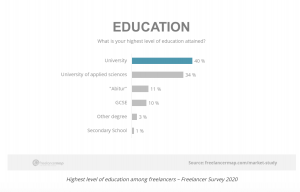By Sam Becker
The economy simply won’t quit—even as 3.8 million workers voluntarily did in April.
The latest Job Openings and Labor Turnover Survey (JOLTS) report was released by the Bureau of Labor Statistics on Wednesday, which showed that there were 10.1 million job openings last month, up from 9.7 million in March. The increase was unanticipated by most experts, who were by and large expecting the number of openings to decrease month-over-month, as the economy has tightened in large part due to the Federal Reserve’s continued interest rate increases.
But despite many large companies instituting layoffs, millions of workers evidently remain unfazed by the looks of the labor market. As noted, 3.8 million people voluntarily left their jobs last month, and 1.6 million were laid off or discharged, according to the JOLTS report.
What does this all tell us? That the economy is still chugging along, and that the jobs market remains hot, despite the Fed’s attempts to slow things down through rate hikes.
That could be good news, as recent Consumer Price Index reports have shown that year-over-year numbers are trending down after peaking last summer. Worries were that the Fed’s aggressive hikes could tip the economy into a recession, but with the latest jobs report, released at the beginning of May, showing the unemployment rate hovering at 3.4% (near a 50-year low), it’s looking increasingly like the Fed may be able to thread the needle and tackle inflation without grinding the economy to a halt.
The JOLTS report is, in some respects, yet another data point that is somewhat perplexing. With prices still high, unemployment still low, but companies bracing for an economic downturn and millions of Americans’ confidence in the strength of the economy slipping, nobody is quite sure what to make of it all. In effect, the economy is or appears strong, but many consumers and corporate leaders seemingly don’t believe it.

While a new jobs report and unemployment numbers are due out next week, the relatively strong JOLTS report does increase the likelihood (but does not guarantee) that the Fed will increase rates yet again, seeing as how the previous ten hikes haven’t wrought widespread hubris in the jobs market.
(6)
Report Post





